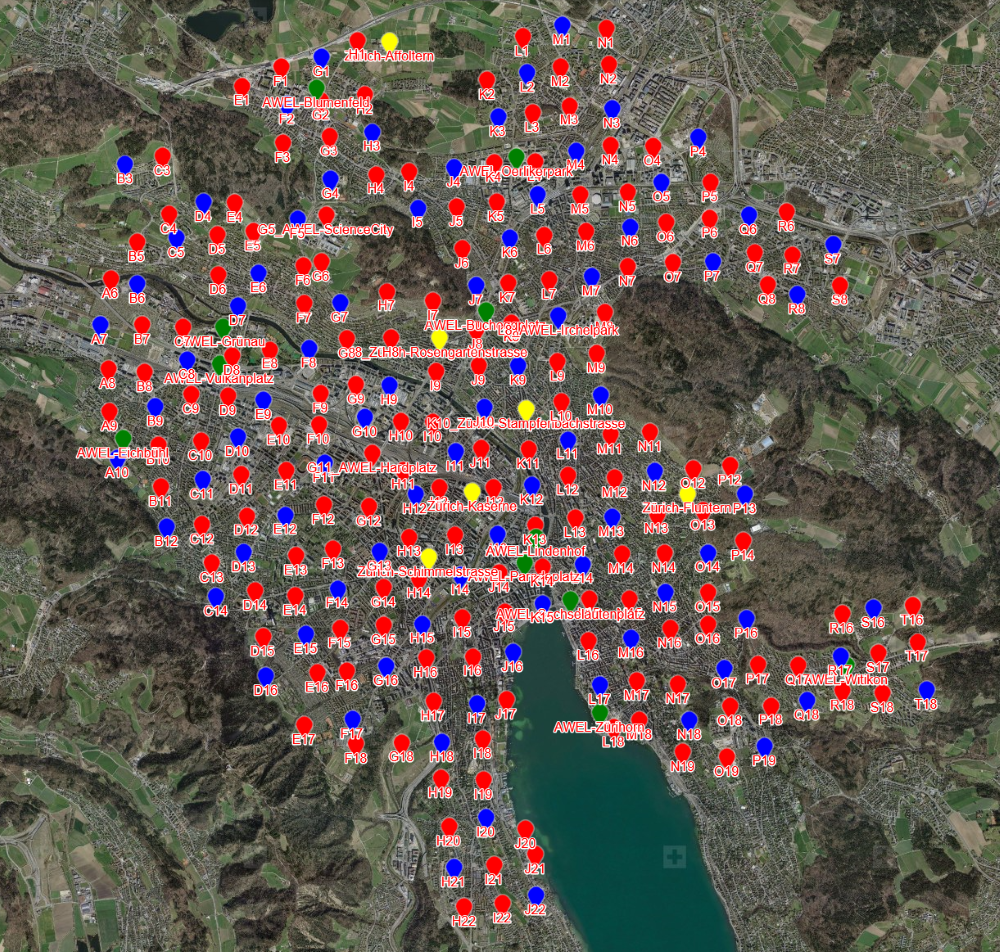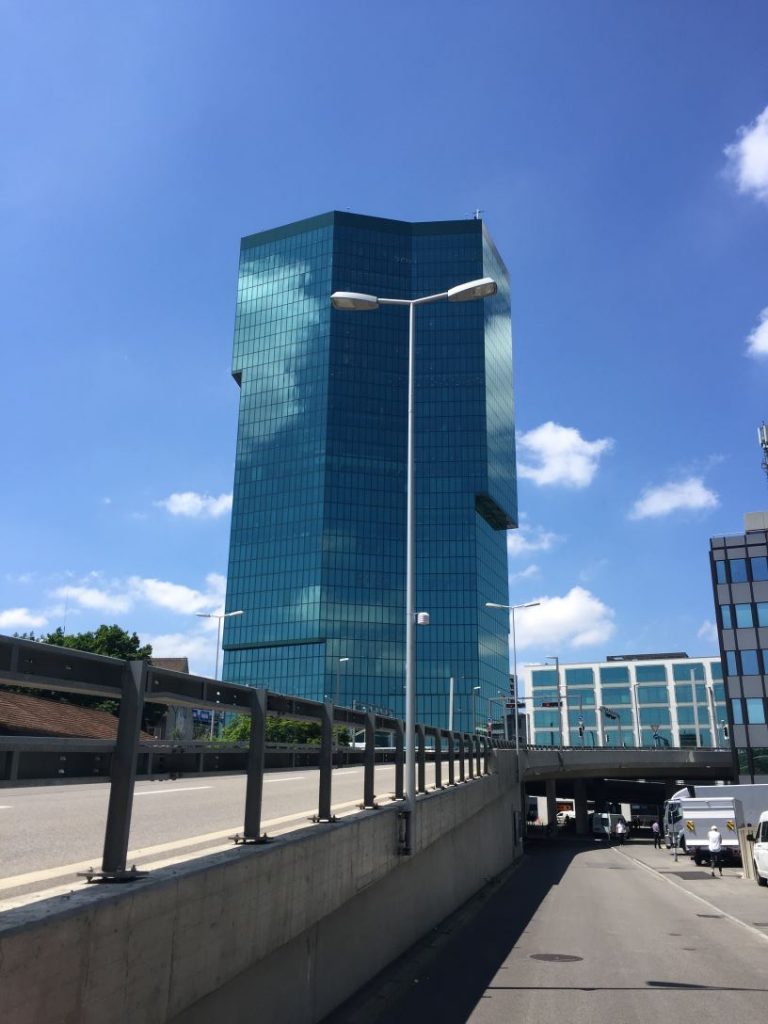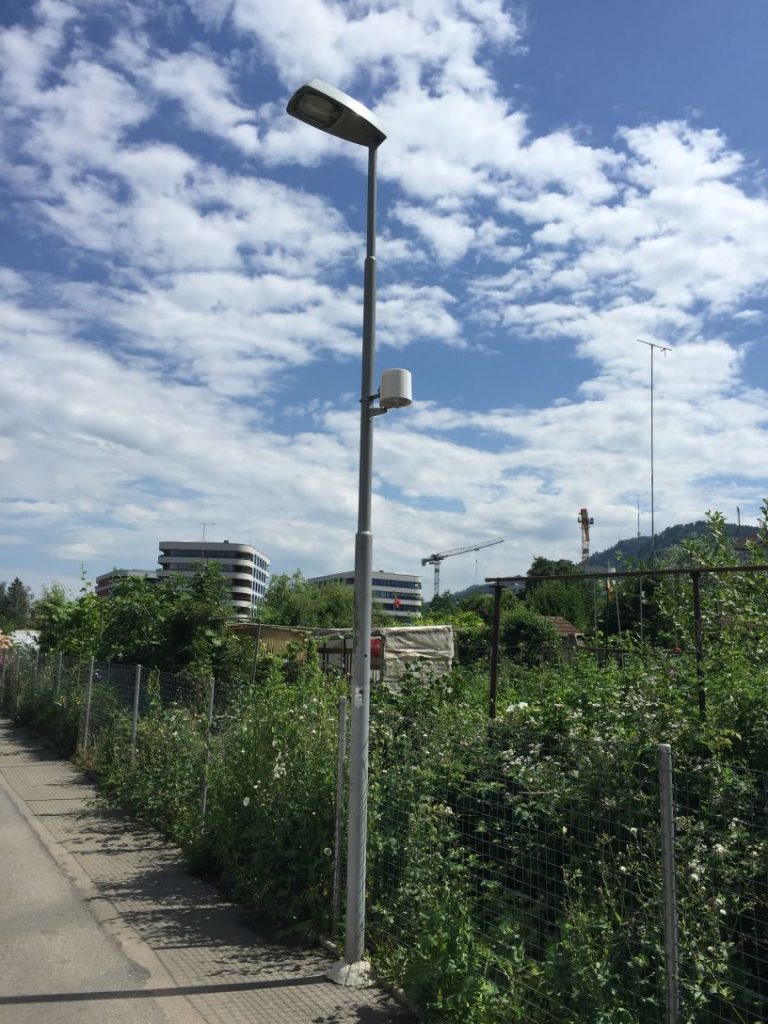Navigation menu
- Education
- Emissions & Air Quality
- Infrastructure & Services
- Meteorology & Climate
- News
- Physical Chemistry
- Projects
Even if COVID-19 has currently pushed global warming out of the media and thus partly out of our minds, this does not mean that it is no longer a threat. Especially now, with the beginning of the warmest months of the year in the northern hemisphere, many people will be experiencing an ungentle reminder of one of the worlds most urgent problems . One of the reasons for this is that more than half of the world’s population now lives in cities (2018: global ~55%, Switzerland ~75%), which are particularly affected because of the so-called urban heat island effect (e.g. Rizwan et al., 2008 or Ward et al., 2016 ).
In order to investigate this effect in more detail and above all to be able to make better temperature forecasts, we have installed a high-resolution measurement network in the city of Zurich together with the Institute of Data Analysis and Process Design (IDP) and our industrial partner meteoblue as part of an Innosuisse project. After consultation with the local transport company (VBZ) and energy service provider (ewz), we were allowed to use their catenary masts or lighting masts as a mounting option.
We installed almost three hundred sensors that are regularly distributed throughout the city, using two different devices. At every third location a LoRAIN measuring station is mounted. This device, produced by Pessl Instruments, measures air temperature, relative humidity and precipitation and automatically transfers the data via LoRaWAN to our database. The power supply is provided by a small solar cell and a supercap. For project optimization, a low-cost version with a self-engineered customized radiation protection was installed at the remaining locations, whereby the used sensors (Smartgadget SHT31) were sponsored by Sensirion AG. The idea and the design of the radiation protection was developed by Moritz Gubler from the University of Bern who has already used it for similar measurements but with different sensors in the city of Bern. The Smartgadget records temperature and relative humidity and is powered by a battery. As a drawback, the data must be read out on site manually.
Since we installed the sensors in the city last summer, problems have arisen with both variants. From excessive dirt, short circuits and firmware problems to vandalism and transmission failures, everything has happened. But due to the large number of stations and thanks to the two different variants we never had a total failure of the measuring network and we could therefore collect valuable data and experience already in the first year. In the meantime, we could solve most of the problems and are ready to measure the heat stress in summer 2020 in the city of Zurich in unprecedented horizontal resolution.


